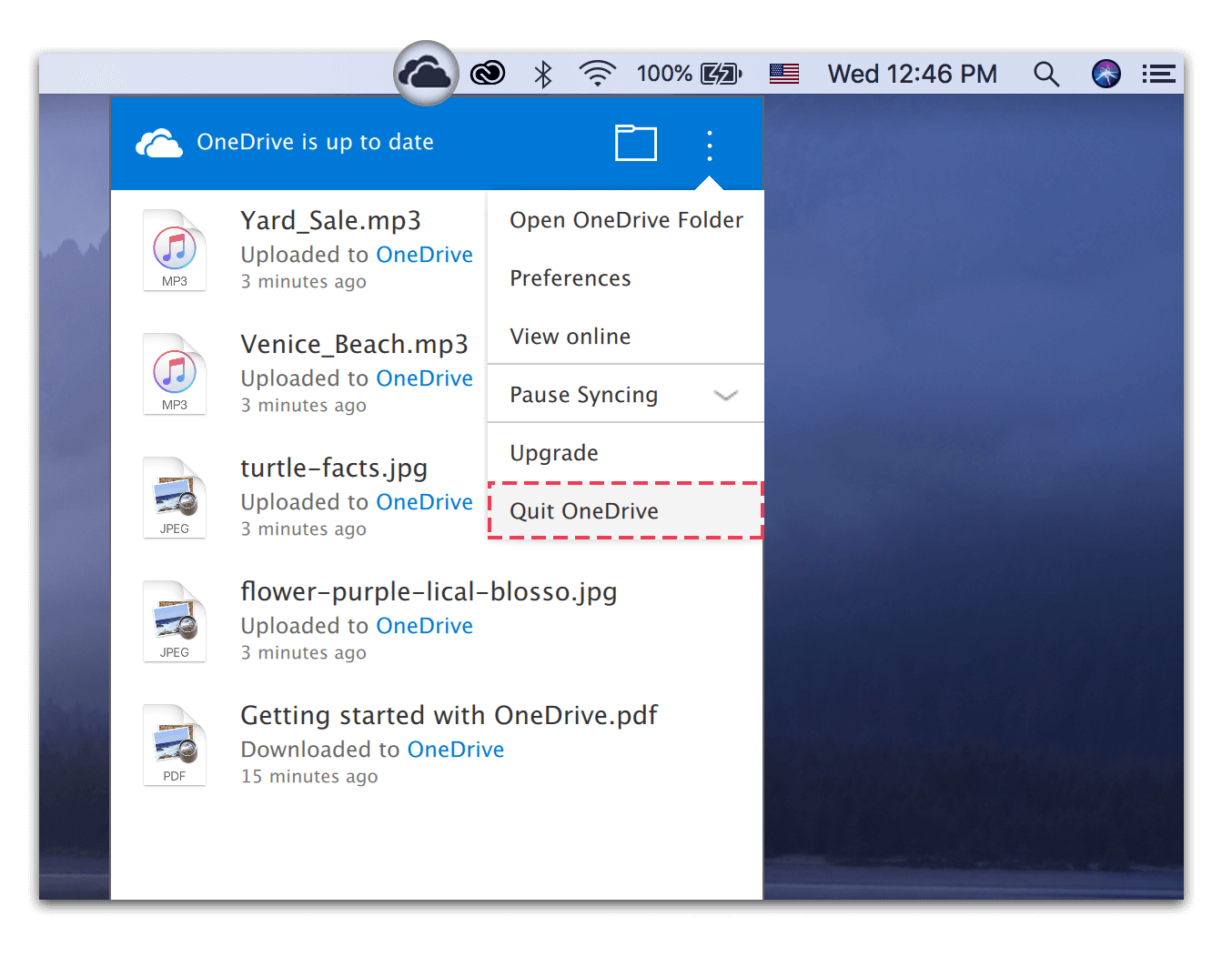You can easily uninstall Office for Mac apps such as Word, Excel, PowerPoint, OneNote, and Outlook using these instructions. You must be signed in as an administrator on the Mac or provide an administrator name and password to complete these steps.
You must be signed in as an administrator on the Mac or provide an administrator name and password to complete these steps.

Manual Mac Cleanup Download
- I cannot manually cleanup detected threats. I ran the Sophos for Mac Home edition v 9.0.3 on a macbook pro running 10.6.8. It found 3 threats which I asked it to cleanup. Cleanup failed. In the details area it said to cleanup manually. The manual cleanup is most likely due the the location of the item(s).
- The manual solution will help to weaken this PUP and these malware removal tools will completely uninstall Advanced Mac Cleaner and return the Safari, Mozilla Firefox and Google Chrome settings to default. To remove Advanced Mac Cleaner, execute the following steps: Manual Advanced Mac Cleaner potentially unwanted program removal.
However, it is not a guarantee of proper cleanup of the system. There are ways to save you time and make sure that all junk files are deleted: it can be the usage of either free built-in Mac utilities like Activity Monitor or one of the professional programs (like MacFly Pro) which can quickly and safely get rid of trash on your Mac. Manual Cleanup.
Remove Office for Mac applications
Open Finder > Applications.
Command +click to select all of the Office for Mac applications.
Ctrl+click an application you selected and click Move to Trash.
Remove files from your user Library folder


In Finder, press +Shift+g.
In the window that opens, enter ~/Library and then click Go.
Open the Containers folder and ctrl+click each of these folders and Move to Trash. Note that some of these folders may not be present.
com.microsoft.errorreporting
com.microsoft.Excel
com.microsoft.netlib.shipassertprocess
com.microsoft.Office365ServiceV2
com.microsoft.Outlook
com.microsoft.Powerpoint
com.microsoft.RMS-XPCService
com.microsoft.Word
com.microsoft.onenote.mac
Warning: Outlook data will be removed when you move the three folders listed in this step to Trash. You should back up these folders before you delete them.
Click the back arrow to go back to the Library folder and open Group Containers. Ctrl+click each of these folders if present, and Move to Trash.
UBF8T346G9.ms
UBF8T346G9.Office
UBF8T346G9.OfficeOsfWebHost
Remove from Dock and restart
If you put any of the Office applications in your Dock, go to each one and ctrl + click > Options > Remove from Dock.
Restart your Mac to complete the uninstall.
Related Topics
Support for Office for Mac 2011 ended on October 10, 2017. All of your Office for Mac 2011 apps will continue to function. However, you could expose yourself to serious and potentially harmful security risks. Upgrade to a newer version of Office so you can stay up to date with all the latest features, patches, and security updates. |
To uninstall Office for Mac 2011 move the applications to the Trash. Once you've removed everything, empty the Trash and restart your Mac to complete the process.
Is Mac Cleanup Pro Good
Before you remove Office for Mac 2011, quit all Office applications and make sure there's nothing in Trash that you want to keep. Leave Office applications closed while you go through this process.
Uninstall Office for Mac 2011
Note: You must be signed in as administrator to do these steps, and you probably already are, if you're using your own Mac. If you're at a Mac that's part of a network at work, you might have to ask someone in your IT organization for help with signing in as administrator.
Remove the Microsoft Office 2011 folder
Open Finder > Applications
Find and then drag the Microsoft Office 2011 folder to Trash.
Restart your computer.